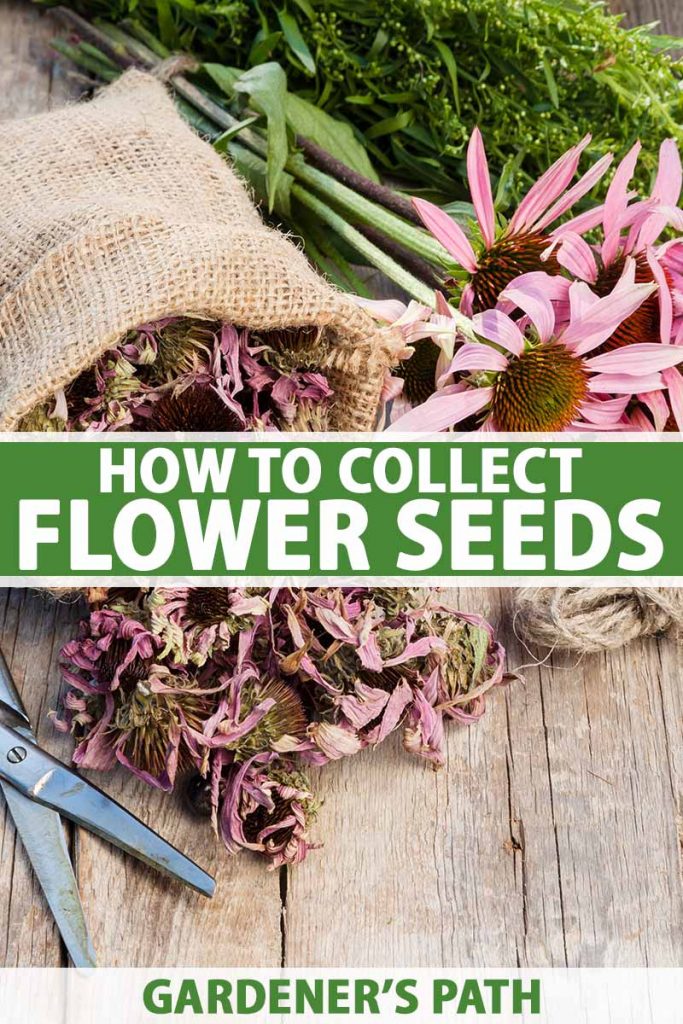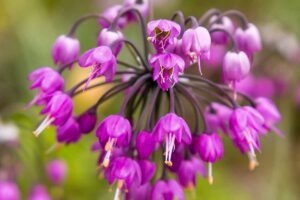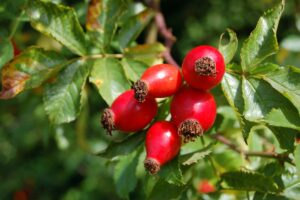Why buy new seeds every season when your favorites are already waiting for you, right outside in your garden?
Collecting and saving or planting flower seeds is such a satisfying way to appreciate the full life cycle of plants grown in our gardens. It’s economical and helps to ensure a beautiful garden filled with your favorite flowers next season.
There are so many benefits to using seeds that you collect yourself to keep your flower garden going from year to year.
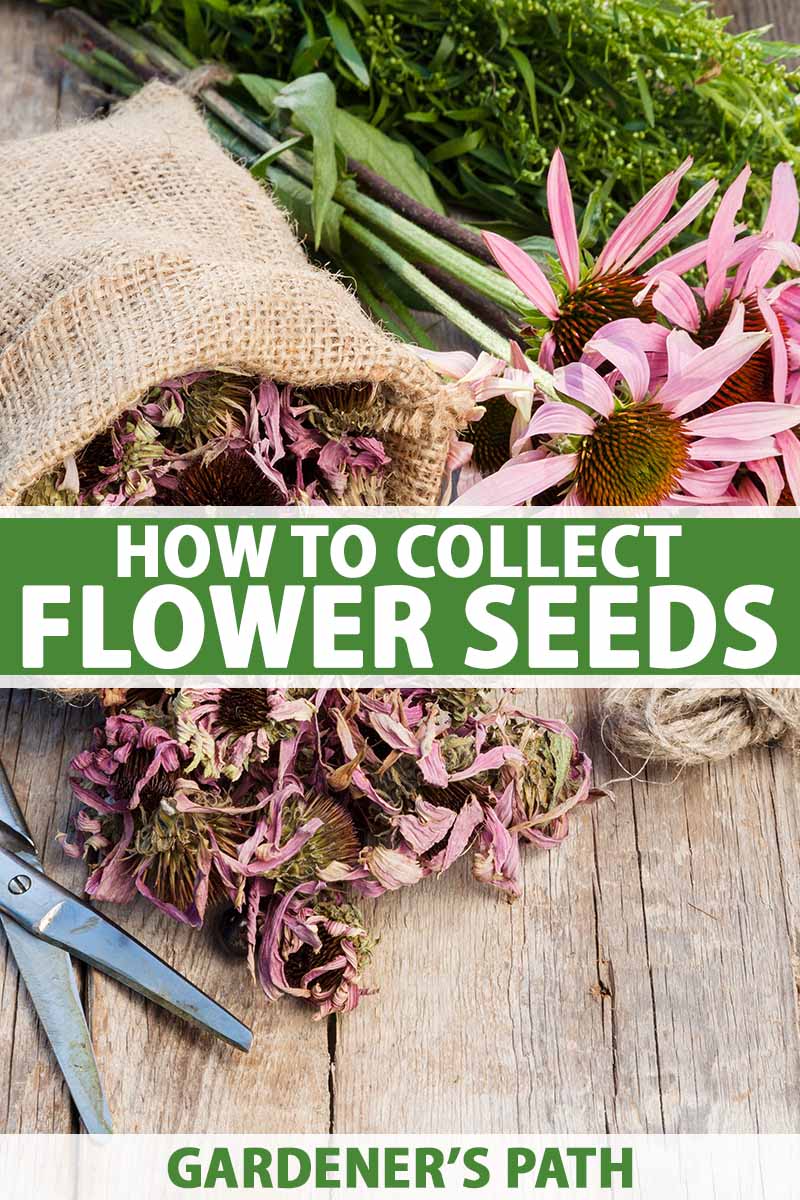
We link to vendors to help you find relevant products. If you buy from one of our links, we may earn a commission.
In addition to saving quite a bit of money, by selecting seeds from the healthiest, most beautiful plants each season, you have the opportunity to continually improve the quality of the flowers in your garden.
Once you get the hang of it, you can even choose to develop your own strains and hybrids, and make seed saving a new hobby.
And best of all, you have a ready-made supply of gifts to share with friends and family!
Read on to learn how and when to harvest flower seeds to save for planting next season.
What You’ll Learn
Are Your Flowers Heirlooms or Hybrids?
All plants, including trees, shrubs, annual vegetables and flowers, and perennials, have seeds which can be saved and replanted by a knowledgeable gardener.
Some types require more knowledge and processing than others to produce the results that you’re looking for when you plant them.
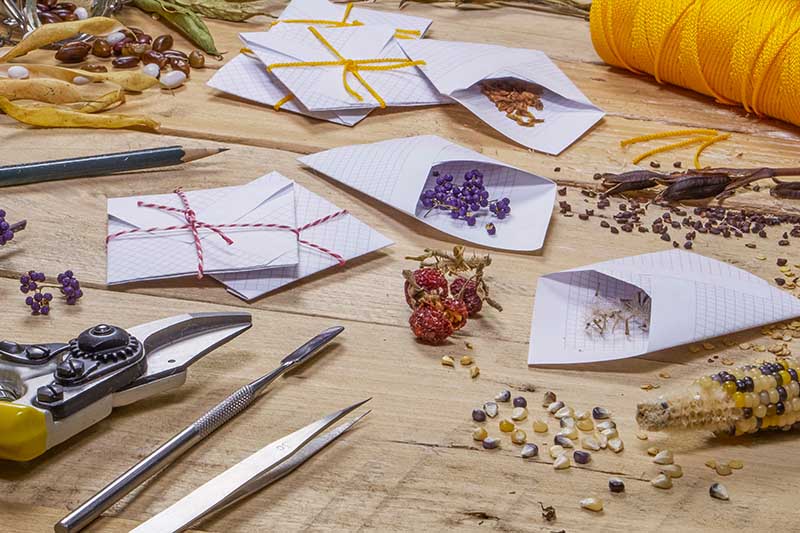
If you are just beginning, both annual and perennial flowers are a wonderful place to start.
Collecting seeds from these is typically pretty straightforward, and they don’t often require special treatment.
The main thing to be aware of is whether the parent plant is an heirloom, or a hybrid.
It is important to make sure you are starting with plants that are open-pollinated, otherwise you may be surprised to find that what sprouts up next season is nothing like the original plant.
When you are shopping for seeds, look for packets labeled heritage seeds, otherwise known as heirlooms.
Heirlooms are cultivars that have often been passed down through families over generations, and are pollinated by birds, wind, or insects.
Heirloom seeds can be saved and replanted over and over again with essentially the same resulting plant each time – provided they are grown in isolation from other varieties to avoid cross-pollination.
In the event that cross-pollination does occur, you may end up creating your own unique hybrids.
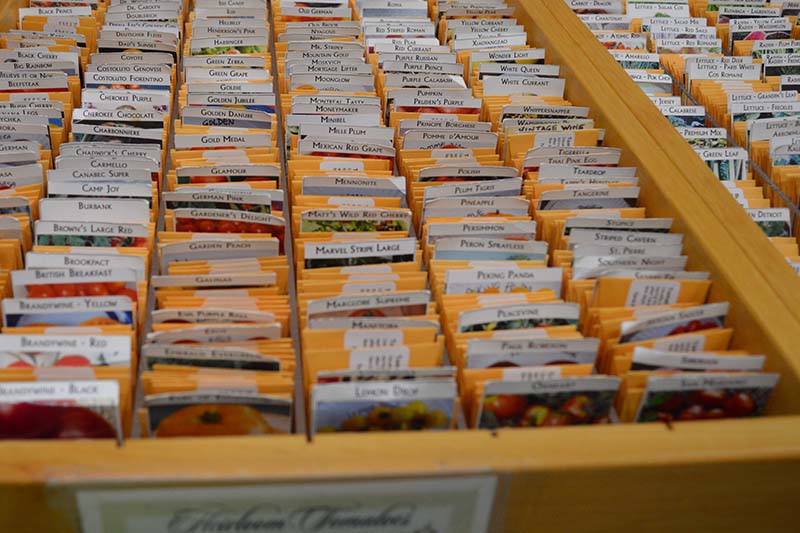
You can easily find them from libraries and seed saver clubs, or from companies that specialize in heirloom varieties.
Eden Brothers has a large selection of open-pollinated heirlooms available for purchase, including options suitable for growing in every region, in a wide variety of colors and sizes.
Hybrids, on the other hand, are created through cross pollination of two different plant varieties.
While hybridization can occur naturally through open pollination, commercial hybrids, which are often labeled F1, tend to be unstable and unsuitable for saving.
Commercial hybrids can produce entirely different offspring from the parent plant, or are often sterile.
Avoid buying hybrids if you are planning to save seeds – unless you wish to experiment with viable varieties and potentially create new hybrids of your own.
When to Harvest
For best results, gather from the healthiest, most vigorous flowers in the bunch.
Keep an eye on your plants through the growing season to identify those with the most abundant blooms, and make a note in your gardening journal.
As the season progresses, keep an eye on those fading buds!
The time has come to harvest when the flowers die back, and the pods or seed heads have turned brown and can be split open easily.
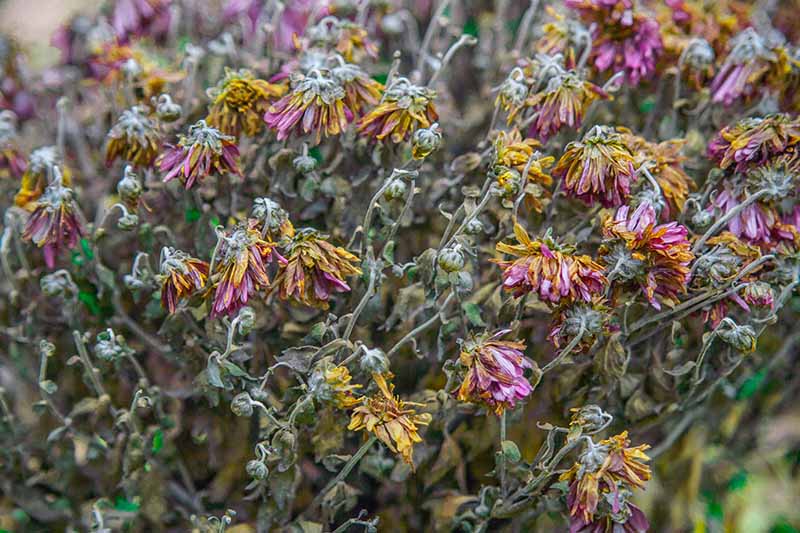
As different plants flower at different times, this can happen at any point in the season. But late summer and fall are peak times to collect from most annual varieties.
Some types of flowers – such as cleome, four o’clocks, and sweet alyssum – will self sow very quickly, so you want to pick them just before they are spread naturally around the garden.
In cases like this, it may be easier to collect the flower heads before they have completely dried out, and let the seeds continue to dry off of the plant.
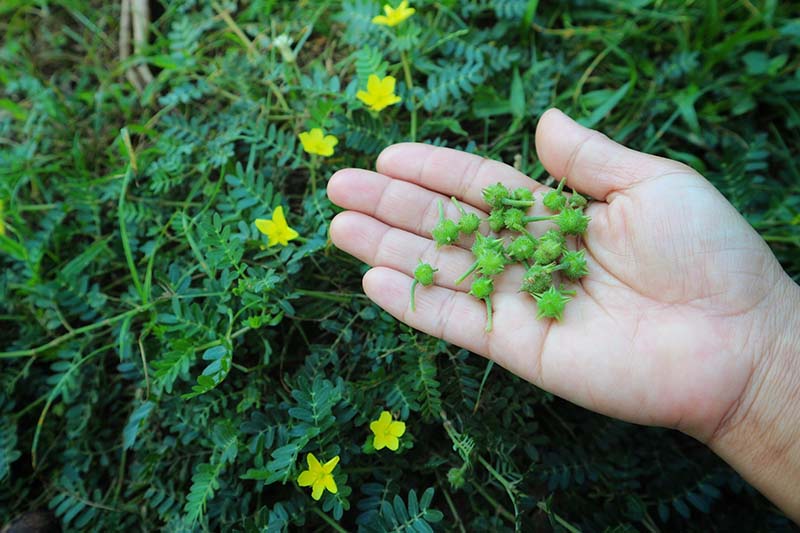
The important thing in either case is to wait until the pods have reached a mature size and have started to dry.
They should look plump and filled in. If you remove them from the plant too soon, they will not be able to develop fully.
How to Collect Seeds
On a dry, sunny day when they are dry, use a sharp, clean scissors to cut the pods or seed heads from the plant.
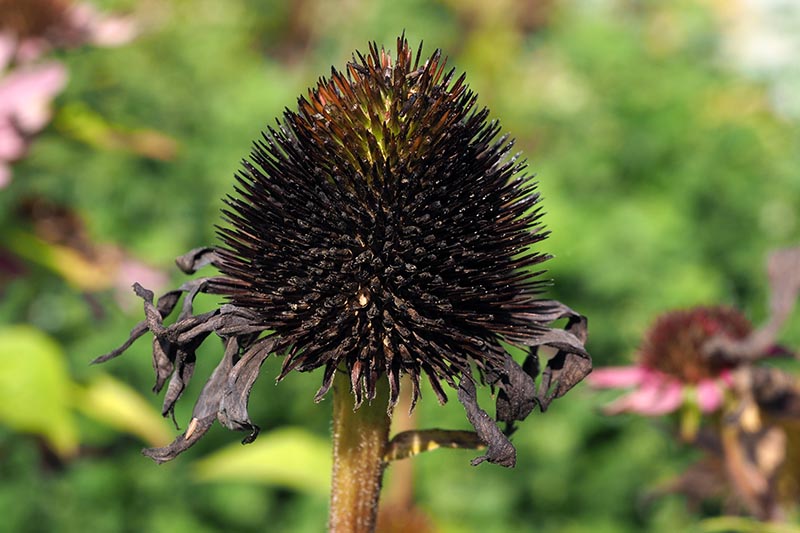
Collect them in baskets or paper bags, as plastic may lock in moisture and cause them to spoil.
Don’t forget to label each bag to remember which ones are which, and when you harvested them!

Next, clean and separate them from the husks or pods. For those that are harder to separate, you can also choose to leave them in the pods while they dry and separate them later.
For flowers that have sharp flower heads such as echinacea or motherwort, I recommend putting the heads in a paper bag and leaving them there until the seeds drop out on their own.
If you decide to separate them by hand, wear gloves to avoid getting pricked by any sharp seeds or plant parts.
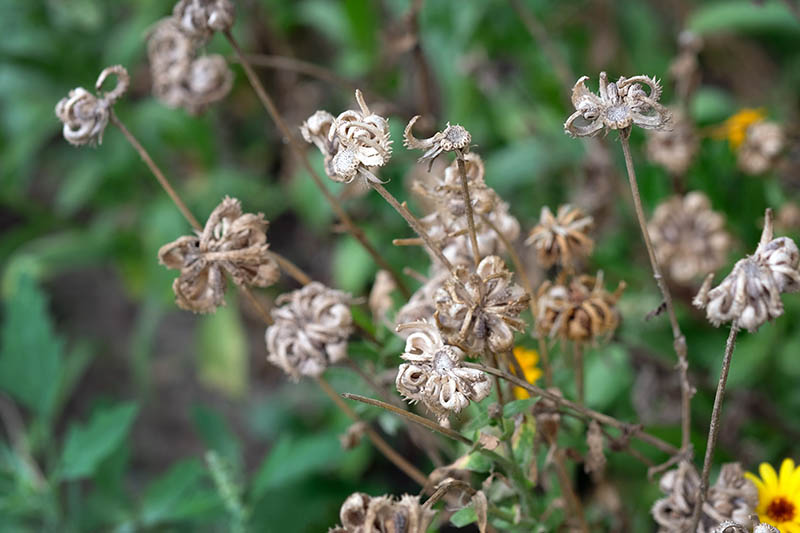
For messy seeds with feathery chaff, you can separate the chaff by winnowing, a process of dropping them from a few feet high onto a collection area such as a tarp.
Be sure to do this on a day when there is a light breeze, so that the chaff blows away. You could also use a fan on a low setting.
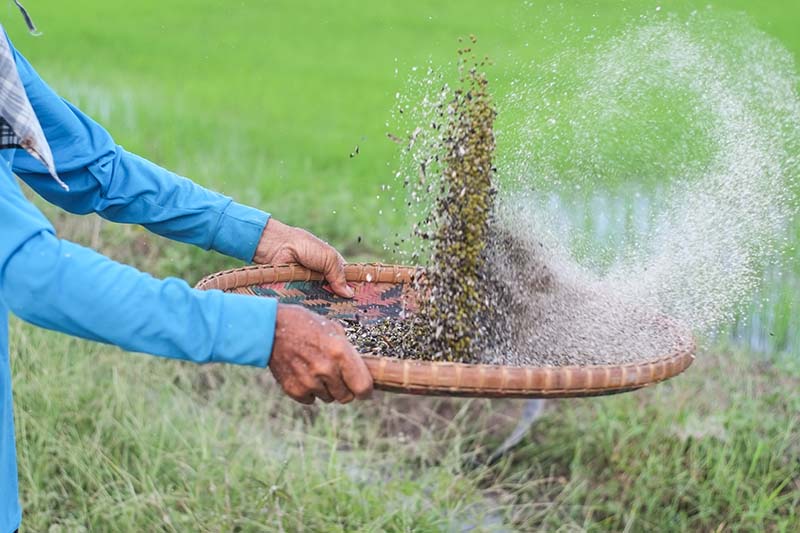
Be aware that some flowers, such as sunflowers and daisies, tend to produce a lot of nonviable seeds.
As a general rule, it is a good idea to collect and plant more than you think you will need.
Techniques for Saving Seeds
Once you have collected and separated the seeds from the husks, it is important to set them out to dry right away to prevent molding.
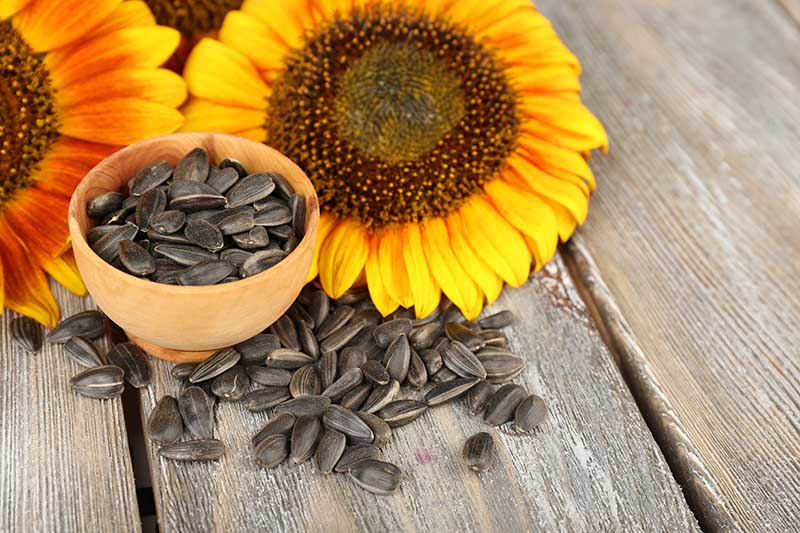
Ideally, find a dark, dry location in your home and spread them out on a screen or newspaper for about a week.
A dry, clean pizza box, another type of shallow cardboard box, or a paper plate all work well.
Spread them in a thin layer with space for airflow between each one.
When they are totally dry, in about a week to a few weeks, you can sieve them to remove any chaff using a fine wire mesh kitchen strainer or a seed-cleaning frame.
Transfer them to small envelopes, brown paper bags, or lidded jars for storage.
Store in a cool, dark place. About 40°F is the ideal temperature for storage.
I store mine in the back of the refrigerator in a glass jar with a lid. Don’t forget to label the jar with the name of the plant and the date.
The most important thing is to always keep them dry and stored in a way that prevents them from being crushed, damaged, or overheated in any way.
Even under ideal storage conditions, the viability of saved seeds can vary from plant to plant.
Some, such as those collected from hellebores, will need to be sown immediately.
Delphiniums and phlox, for example, are best planted within a year, and those saved from bachelor’s button should remain viable for up to three years.
As a general rule of thumb, seeds that dry on the plant should remain viable for between one and three years.
The Circle of Life
As the last of your precious blooms fade, there is something special about collecting seeds from your favorite flowers to plant next season.
This is also an excellent way to introduce new flowers to the garden, by saving some from your friends’ yards as well!
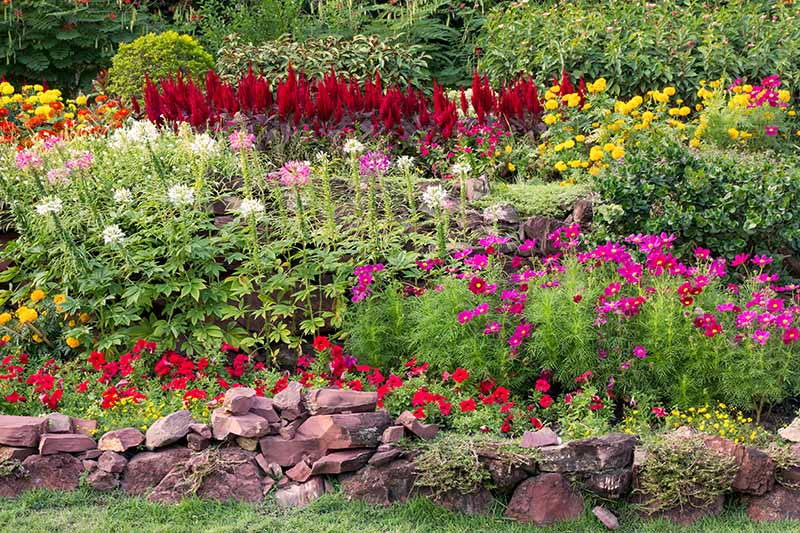
With minimal time and a little bit of effort, you can fully realize the entire life cycle of your favorite plants, and be rewarded with vibrant flowers year after year.
Have you ever saved and replanted flower seeds? Share your stories in the comments below!
If your enjoyed this guide, you might like some of our others such as:
- When and How to Save Native Perennial Aster Seeds
- How to Harvest Sweet Pea Seeds
- How to Sow Seeds in Winter for Sweet Spring Blooms
© Ask the Experts, LLC. ALL RIGHTS RESERVED. See our TOS for more details. Uncredited photos: Shutterstock. With additional writing and editing by Allison Sidhu and Clare Groom.
